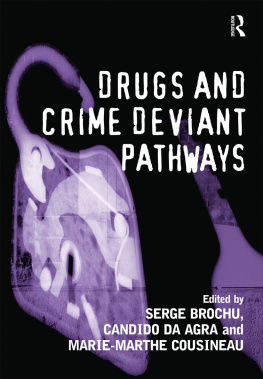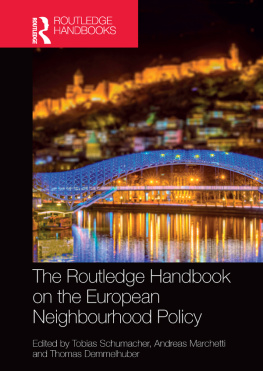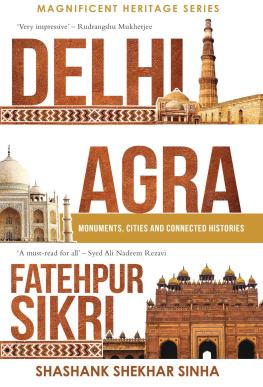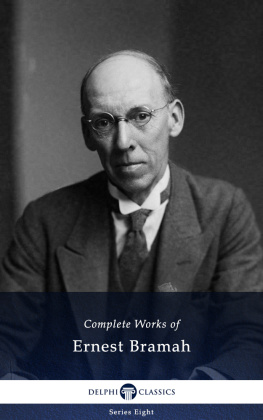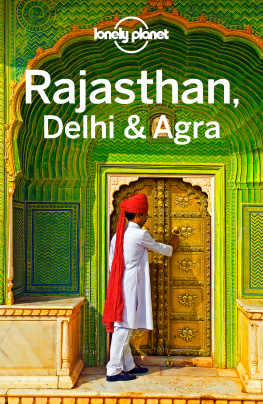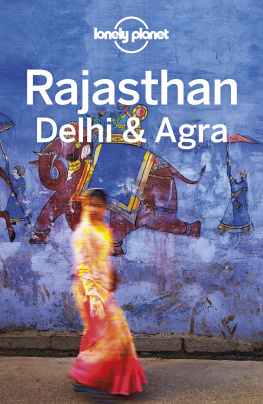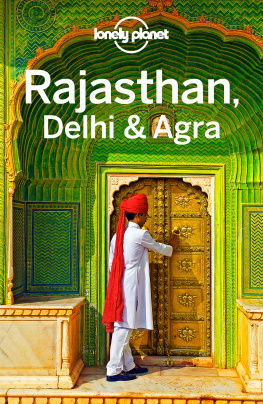E. B. (Ernest Binfield) Havell - A Handbook to Agra and the Taj, Sikandra, Fatehpur-Sikri and the Neighbourhood
Here you can read online E. B. (Ernest Binfield) Havell - A Handbook to Agra and the Taj, Sikandra, Fatehpur-Sikri and the Neighbourhood full text of the book (entire story) in english for free. Download pdf and epub, get meaning, cover and reviews about this ebook. year: 2007, publisher: Dodo Press, genre: Detective and thriller. Description of the work, (preface) as well as reviews are available. Best literature library LitArk.com created for fans of good reading and offers a wide selection of genres:
Romance novel
Science fiction
Adventure
Detective
Science
History
Home and family
Prose
Art
Politics
Computer
Non-fiction
Religion
Business
Children
Humor
Choose a favorite category and find really read worthwhile books. Enjoy immersion in the world of imagination, feel the emotions of the characters or learn something new for yourself, make an fascinating discovery.

- Book:A Handbook to Agra and the Taj, Sikandra, Fatehpur-Sikri and the Neighbourhood
- Author:
- Publisher:Dodo Press
- Genre:
- Year:2007
- Rating:3 / 5
- Favourites:Add to favourites
- Your mark:
- 60
- 1
- 2
- 3
- 4
- 5
A Handbook to Agra and the Taj, Sikandra, Fatehpur-Sikri and the Neighbourhood: summary, description and annotation
We offer to read an annotation, description, summary or preface (depends on what the author of the book "A Handbook to Agra and the Taj, Sikandra, Fatehpur-Sikri and the Neighbourhood" wrote himself). If you haven't found the necessary information about the book — write in the comments, we will try to find it.
A Handbook to Agra and the Taj, Sikandra, Fatehpur-Sikri and the Neighbourhood — read online for free the complete book (whole text) full work
Below is the text of the book, divided by pages. System saving the place of the last page read, allows you to conveniently read the book "A Handbook to Agra and the Taj, Sikandra, Fatehpur-Sikri and the Neighbourhood" online for free, without having to search again every time where you left off. Put a bookmark, and you can go to the page where you finished reading at any time.
Font size:
Interval:
Bookmark:

Agra and the Taj
Sikandra, Fatehpur-Sikri and the Neighbourhood
especially Erskine's translation of Babar's "Memoirs;" Muhammad
Latifs "Agra, Historical and Descriptive;" and Edmund Smith's
"Fatehpur-Sikri." My acknowledgments are due to Babu Abanindro
Nath Tagore, Mr. A. Polwhele, Executive Engineer, Agra, and to
Mr. J.H. Marshall, Director-General of the Archological Survey of
India, for kind assistance rendered. I am particularly indebted to
Messrs. Johnston and Hoffman, of Calcutta, for allowing me to make
use of their valuable collection of photographs for the illustrations.
AgraII. HumayunInterregnum: Shere ShahIII. AkbarAkbar's
Connection with AgraIV. JahangirJahangir's Connection with
AgraV. Shah JahanThe Monuments of Shah Jahan's Reign at
AgraVI. AurangzbAgra and the Later Mogul EmperorsAgra in
the Mutiny.
CisternThe Tomb of Mr. ColvinThe Inner Mna BazarThe Chitore
GatesThe Hindu TempleThe Machhi BhawanThe Najina MasjidThe
Dwan-i-KhasJahangir's ThroneThe BathsThe Samman BurjThe Khas
MahalThe Underground ChambersThe Anguri BaghShish MahalThe
"Somnath" GatesThe Jahangiri MahalThe Sahmgarh.
Tomb.
Cemetery.
PalaceThe KwbghThe Turkish Sultana's HouseHakim's
BathsPachisi BoardThe Dwan-i-KhsThe Ankh-MichauliThe
Yogi's SeatThe HospitalThe Dwan-i-mThe Panch MahalMiriam's
KothiJodh Ba's PalaceRajah Birbal's House, or Birbal's Daughter's
HouseThe Hathi Pol and Adjoining BuildingsThe Jmi Masjid, or
Cathedral MosqueThe Baland DarwazaThe Stone-Cutters' MosqueThe
Houses of Abul Fazl and Faizi.
Agra:BharatpurGovardhanMuttraBindrban.
Shah Jahan
Sikandra
Font size:
Interval:
Bookmark:
Similar books «A Handbook to Agra and the Taj, Sikandra, Fatehpur-Sikri and the Neighbourhood»
Look at similar books to A Handbook to Agra and the Taj, Sikandra, Fatehpur-Sikri and the Neighbourhood. We have selected literature similar in name and meaning in the hope of providing readers with more options to find new, interesting, not yet read works.
Discussion, reviews of the book A Handbook to Agra and the Taj, Sikandra, Fatehpur-Sikri and the Neighbourhood and just readers' own opinions. Leave your comments, write what you think about the work, its meaning or the main characters. Specify what exactly you liked and what you didn't like, and why you think so.

